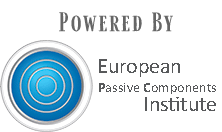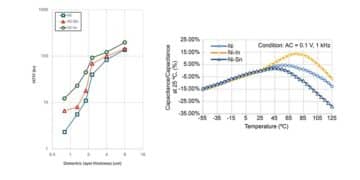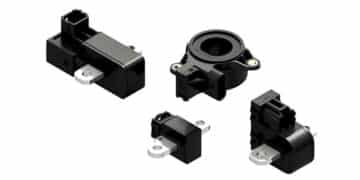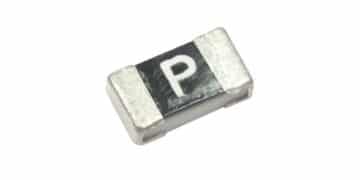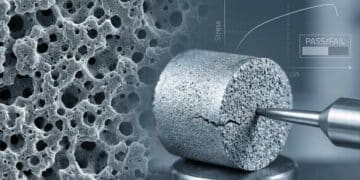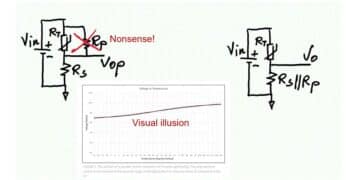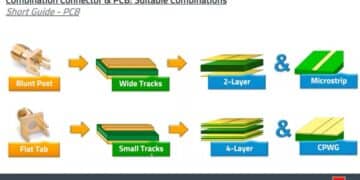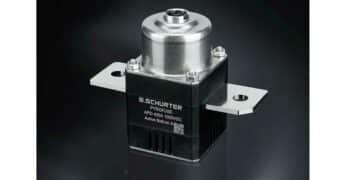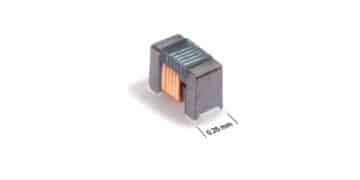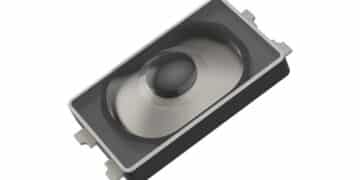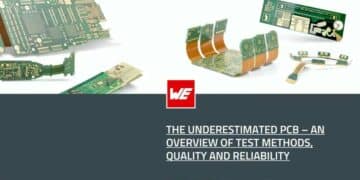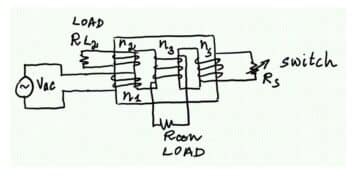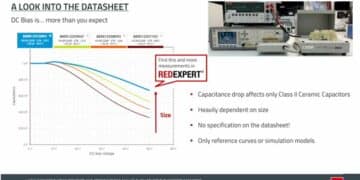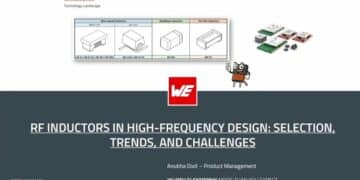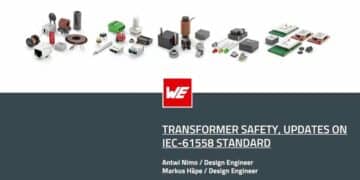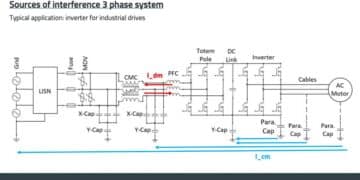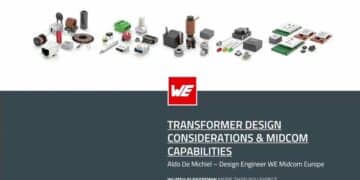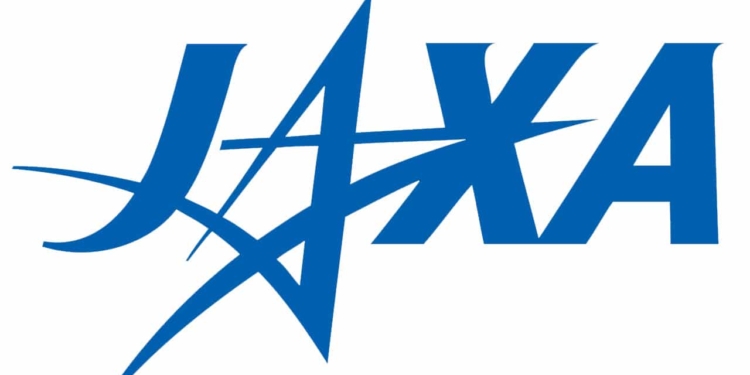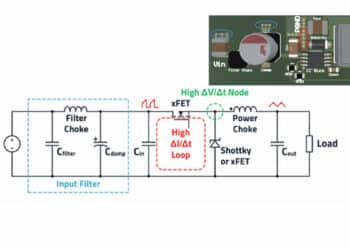source: Japan Aerospace Exploration Agency (JAXA); ESA SPCD 2018 Symposium
EPCI e-symposium library article
In the present day, there are 147 models of passive and active components in Japan which fulfill the requirement of space components. They are qualified as JAXA qualified components by JAXA. These components contribute to the realization of the high-spec and high quality space satellites or rockets which are not only government satellites but also commercial satellites.
In recent years, the satellites which require lower cost and have shorter life time, called “New space” satellites, are rapidly increasing. Although the high quality and high cost components may not be required for such new space satellites, we believe the needs for space satellites are becoming polarized. The satellites will become larger as the space missions become more complex and more difficult. Such satellites should be accepting even fewer failures than the current satellites. Therefore, high-spec and high quality components will be required even more.
This paper describes overall introduction of JAXA qualified passive components, some of which are listed in EPPL. As a recent news, a manufacturer of the JAXA qualified Printed Circuits Board (PCBs) has been replaced. Before replacement, the equivalences of the products made by the new and the replaced manufacturers were evaluated. The evaluation result made by the new manufacturer rather than the replaced one is also reported in this paper. Note that what they call “component” in Europe is called “part” in Japan (“Component” indicates “subsystem” in Japan). However, in this paper “component” is used for the same meaning as “part.”
published by EPCI under approval of ESA SPCD 2018 organizing committee.
Title: Capacitors News and Trends
Author(s): Akifumi MARU(1), Shunji SANO(1) and Norio NEMOTO(1)
Organisation(s): (1) Japan Aerospace Exploration Agency (JAXA) Safety & Mission Assurance department
Symposium: ESA SPCD 2018
Reference: Technology Roadmaps 2.
ISBN: N/A
e-Sessions Applications: Aerospace
e-Sessions Scope Components: Capacitors, Resistors, Inductors, Fuses
e-Sessions Topics: Roadmaps, Specification & Qualification
JAXA QUALIFIED PASSIVE COMPONENTS
There is a total of 147 models of JAXA qualified components, of which 100 models are passive components.
Note that the PCBs and materials such as thermal control films are also included in JAXA qualified components. A list of JAXA qualified passive components and EPPL listed components are shown in Table 1.
Table 1. List of JAXA qualified passive components.

*MHI = Mitsubishi Heavy Industries **JAE = Japan Aviation Electronics Industry
As of August 2018, there are 15 passive component manufacturers whose abilities to manufacture the products to satisfy the requirements for space application defined by JAXA. In Table 1, components indicated in red are currently listed in EPPL. These components can be used for European space mission because their quality and the reliability have been already verified.
We plan to add a crystal oscillator to the JAXA qualified components list within this year. The qualification tests for this crystal oscillator have already been completed, and the results showed satisfactory. More information about JAXA qualified components can be found in the JAXA EEE parts database [1]. The detail specifications and the applicable documents for all JAXA qualified components are available therein.
COMPARISON OF JAXA/ESCC QUALIFICATION TEST SPECIFICATION
JAXA qualified components are examined in the qualification test which are described in the generic and detail specification documents. As described in last SPCD presentation [2], there are three kinds of specification documents in JAXA;
General / basic specification called “JAXA-QTS-2000 [3]” defines basic requirements that are common for all component families. The generic specification defines common requirements for each component family. Detail requirements for each component family are defined in its detail specification. It has been verified that JAXA qualification system based on the above documents is similar to the ESCC (European Space Components Coordination) qualification system in the previous JAXA-ESA cooperation framework. The summary of the comparison results is shown in Table 2. The document tree of JAXA qualification system compared with that of ESCC qualification system is shown in Fig.1.
Table 2. Summary of JAXA and ESA qualified system comparison results

Fig. 1. Document tree of JAXA qualification system and ESCC qualification system
One major difference between the qualification system of JAXA and ESCC is that the basic requirements that are common for all component families are defined in one document (general specification (JAXA-QTS-2000)) [3] in JAXA qualification system. Another difference is that JAXA doesn’t have its own specifications for test methods.
The common requirements for each component family are defined in a generic specification. Detail requirements for each component are defined in its detail specification. Approval procedure for component qualification is defined in JAXA in-house documents. All the specifications are available through JAXA EEE parts database [1]. Duration of the certification is also different between JAXA/ESCC qualification systems. The certification is valid for 3 years in JAXA qualification system whereas it is valid for 2 years in ESCC system. There is no other major difference when compared JAXA system with ESCC system.
Same comparison activity has been performing among the specification of DLA (Defence Logistics Agency) and the specification of JAXA and ESCC. Although there are some differences that come from the different background ideas, the equivalence was confirmed among the specification of DLA, ESCC and JAXA QTS.
RELIABILITY TEST OF PRINTED CIRCUIT BOARD FOR SPACE-USE
…read more at the full paper link below…
SUMMARY
An overview of JAXA qualified passive components and their qualification requirement was introduced. Currently there are 100 JAXA qualified passive components and 11 of them are listed in EPPL. Most of them are qualified using JAXA-QML system, which is similar to the technology flow qualification in ESCC system.
The qualification system in JAXA is quite similar to that in ESCC and its general requirements are outlined in comparison with those in ESCC system. As the result of comparison, the qualification test requirements of JAXA qualification system are verified to be equivalent to that of ESCC system.
As a recent news, for the replacement of PCB manufacturer, the comparison evaluation results of PCBs which made by two manufacturers were reported. Electrical characteristics evaluations and IST for long-term reliability were performed and it was confirmed that the quality and performance of two products from these manufacturers are practically equal. Therefore, we concluded that there is no risks for replacing the PCB manufacturer.
REFERENCES
[1] Database of JAXA qualified EEE Parts and Materials, https://eeepitnl.tksc.jaxa.jp/en
[2] N.Ikeda, K,Suzuki, “Introduction of JAXA qualified Passive Components and Their Qualification Requirement
in Comparison with ESCC Qualification Requirement”, 2nd Space Passive Components Days, 2016
[3] JAXA-QTS-2000 Common Parts/Materials, Space Use, General specification for.
